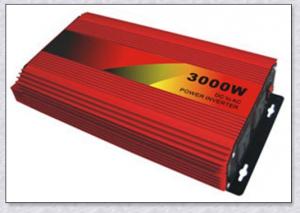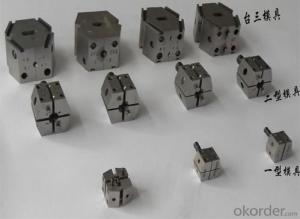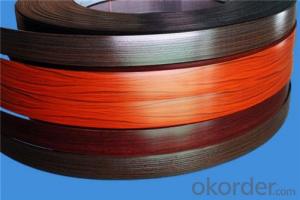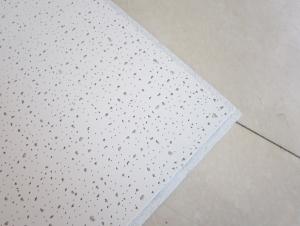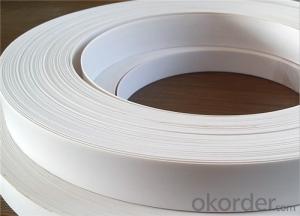Reset Solar Edge Inverter
Reset Solar Edge Inverter Related Searches
Ac Inverter For Solar Panels Solar Panel With Ac Inverter Gas Furnace With Ac Panda Hot Water Bottle Cover Minion Hot Water Bottle Cover Abb Solar Water Pump Inverter Solar Water Pump Philippines Extra Long Hot Water Bottle Solar Panel Dc To Ac Inverter Old Fashioned Hot Water BottleHot Searches
Solar Edge Inverter For Sale Fiberglass Scaffolding For Sale Fiberglass Panels For Sale Fiberglass Greenhouses For Sale Type Of Scaffolding With Pdf Solar Inverter With 2 Battery Pedestal Fan With Water Spray Price Mini Inverter With Battery Online Shopping Solar Edge Inverter Price Ceiling Fan Lowest Price Solar Edge Inverter Sizes Type Of Inverter For Solar Types Of Inverter For Solar Used Solar Inverter For Sale Inverter Size For Solar System Solar Edge Inverter For Sale 5kw Solar Inverter For Sale Solar Inverter For Sale Solar Inverter For Battery Solar Inverter For Split AcReset Solar Edge Inverter Supplier & Manufacturer from China
Okorder.com is a professional Reset Solar Edge Inverter supplier & manufacturer, offers integrated one-stop services including real-time quoting and online cargo tracking. We are funded by CNBM Group, a Fortune 500 enterprise and the largest Reset Solar Edge Inverter firm in China.Hot Products
FAQ
- The role of a solar inverter in preventing electrical faults is to convert the direct current (DC) generated by solar panels into alternating current (AC) that can be used to power electrical devices. By regulating the voltage and frequency of the AC output, it ensures that the electrical power is stable and suitable for consumption. Additionally, solar inverters have built-in protective features such as ground fault protection, overvoltage protection, and short-circuit protection, which help detect and prevent electrical faults that may occur within the solar power system.
- To choose the right size of solar inverter for a solar power system, you need to consider the total capacity of your solar panels and the maximum power output they can generate. The solar inverter's capacity should be equal to or slightly higher than the maximum power output of your solar panels to ensure optimal performance and efficiency. Additionally, you should also consider any future expansion plans for your solar power system to account for potential increases in capacity. It is recommended to consult with a professional solar installer or engineer to accurately determine the appropriate size of the solar inverter for your specific requirements.
- A solar inverter is specifically designed to convert the DC (direct current) electricity generated by solar panels into AC (alternating current) electricity that can be used to power household appliances and be fed back into the grid. On the other hand, a regular inverter is generally used to convert DC power from batteries or other sources into AC power. Therefore, the main difference lies in their purpose and the source of the DC electricity they handle.
- Yes, solar inverters can be used in regions with high temperature extremes. However, it is important to choose inverters that are specifically designed to handle such conditions, as excessive heat can affect their performance and lifespan. These inverters should have features like advanced thermal management systems, wide temperature operating ranges, and robust cooling mechanisms to ensure optimal functioning and durability even in extreme temperatures.
- Yes, a solar inverter can be used with a solar-powered air purification system. A solar inverter is responsible for converting the direct current (DC) generated by a solar panel into usable alternating current (AC) that can power electrical appliances. In the case of a solar-powered air purification system, the solar inverter can convert the DC electricity produced by the solar panels into AC power needed to operate the air purification system, allowing it to function efficiently with solar energy.
- A solar inverter handles voltage fluctuation during cloud cover by continuously monitoring the incoming solar energy and adjusting its power output accordingly. When the sunlight reduces due to cloud cover, the inverter senses the drop in voltage and adapts by reducing its power output to match the available solar energy. This ensures that the voltage remains stable and the system operates efficiently even in varying weather conditions.
- Yes, a solar inverter can be used with a solar-powered electric gate system. The solar inverter converts the direct current (DC) generated by the solar panels into alternating current (AC) that is required to power the electric gate system. This allows the solar energy captured by the solar panels to be utilized effectively in operating the electric gate system.






